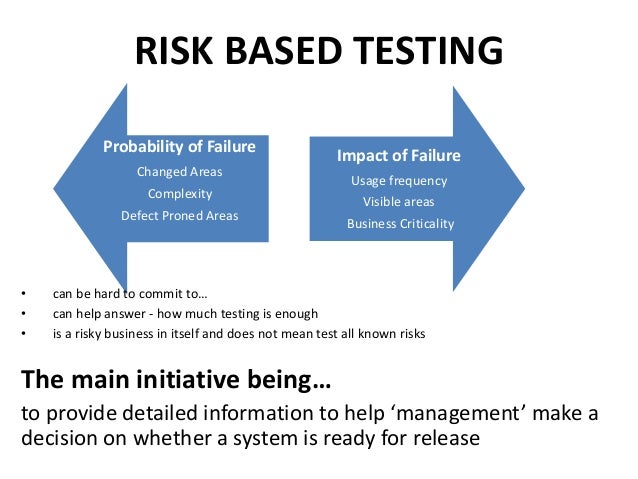

As a result, the fundamental task of urban leadership, communities, and scholars will be to comprehend the main trend of urbanization concerning resource use. Developing countries, in particular, are projected to face difficulties in meeting the needs of their rapidly rising populations, particularly in the areas of water, food, energy, and waste management.Īs the globe continues to urbanize, the world's population life and livability will be determined by how urban areas are managed and governed following sustainable development goals and the efficient use of natural resources.For example, villages will rapidly transition into emerging towns, emerging towns into small towns, and so on. The number and size of settlements in developing countries will be influenced by increasing urbanization.
 The fate of the world has been and will be highly influenced by an urban setting. Hence, these precedent facts clearly show that: These forecasts also revealed that Asia and Africa will account for roughly 90% of the population rise ( UN-DESA, 2018). This means that, ~7 out of 10 people will live in urban centers. Today, over half of the global population lives in urban areas, and the number is expected to continue rapidly growing ( UN-Habitat, 2020), and it is projected that, by 2050, more than two-thirds of the global population (68%) will reside in urban areas. Hence, water-centric management strategies, such as water-smart community development, water-sensitive physical planning, water-smart technology, and a water-sensitive legal framework, are required to address the ongoing water risks. Overall, this study discovered that Ethiopia and its urban centers are experiencing water-related challenges. In addition, 307 urban centers (28%) are all in high-drought-risk areas, while 307 urban centers (27%) are insignificant flood-prone areas. Furthermore, 178 urban centers (15%) are located in dry basins, 369 (33%) urban centers are located in low groundwater potential zones, and 315 urban centers (28.15%) are located in an area with <100-mm annual rainfall. According to the study, 41.6% of Ethiopians live in basins, receiving <500 m 3 per capita each year. As a result, this study found that water availability per person per year is 1,109 m 3, indicating that Ethiopia is experiencing water stress. To do this, the researchers employed a deductive exploratory (quantitative) research strategy that primarily centered on desk review and spatial analysis, utilizing GIS and remote sensing. As a result, this research aims to explore water-related risks at the country and basin levels, as well as to generate information on how water-related risks may influence current and future urbanization and urban settlement so that land use and water resource management planners can make better strategic decisions. Even though the water-related risk is becoming a fast-expanding worldwide concern, it is largely ignored and understudied in Ethiopia. Water as a nonrenewable natural resource, combined with a fast-growing urban population and climate change, has exposed countries to increasing water-related risks. However, despite its indispensable roles, little attention has been paid to its effective management for generations. Water connects all kinds of life like a thread. Ethiopian Institute of Architecture, Building Construction and City Development, Addis Ababa University, Addis Ababa, Ethiopia. Tesfay Abraha *, Assefa Tibebu and Gebremariyam Ephrem
The fate of the world has been and will be highly influenced by an urban setting. Hence, these precedent facts clearly show that: These forecasts also revealed that Asia and Africa will account for roughly 90% of the population rise ( UN-DESA, 2018). This means that, ~7 out of 10 people will live in urban centers. Today, over half of the global population lives in urban areas, and the number is expected to continue rapidly growing ( UN-Habitat, 2020), and it is projected that, by 2050, more than two-thirds of the global population (68%) will reside in urban areas. Hence, water-centric management strategies, such as water-smart community development, water-sensitive physical planning, water-smart technology, and a water-sensitive legal framework, are required to address the ongoing water risks. Overall, this study discovered that Ethiopia and its urban centers are experiencing water-related challenges. In addition, 307 urban centers (28%) are all in high-drought-risk areas, while 307 urban centers (27%) are insignificant flood-prone areas. Furthermore, 178 urban centers (15%) are located in dry basins, 369 (33%) urban centers are located in low groundwater potential zones, and 315 urban centers (28.15%) are located in an area with <100-mm annual rainfall. According to the study, 41.6% of Ethiopians live in basins, receiving <500 m 3 per capita each year. As a result, this study found that water availability per person per year is 1,109 m 3, indicating that Ethiopia is experiencing water stress. To do this, the researchers employed a deductive exploratory (quantitative) research strategy that primarily centered on desk review and spatial analysis, utilizing GIS and remote sensing. As a result, this research aims to explore water-related risks at the country and basin levels, as well as to generate information on how water-related risks may influence current and future urbanization and urban settlement so that land use and water resource management planners can make better strategic decisions. Even though the water-related risk is becoming a fast-expanding worldwide concern, it is largely ignored and understudied in Ethiopia. Water as a nonrenewable natural resource, combined with a fast-growing urban population and climate change, has exposed countries to increasing water-related risks. However, despite its indispensable roles, little attention has been paid to its effective management for generations. Water connects all kinds of life like a thread. Ethiopian Institute of Architecture, Building Construction and City Development, Addis Ababa University, Addis Ababa, Ethiopia. Tesfay Abraha *, Assefa Tibebu and Gebremariyam Ephrem






 0 kommentar(er)
0 kommentar(er)
